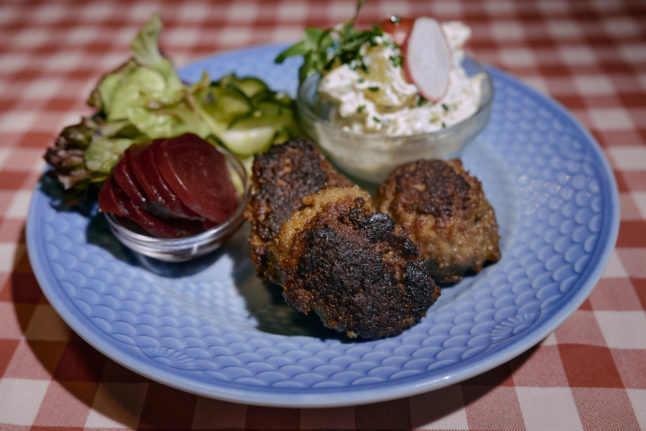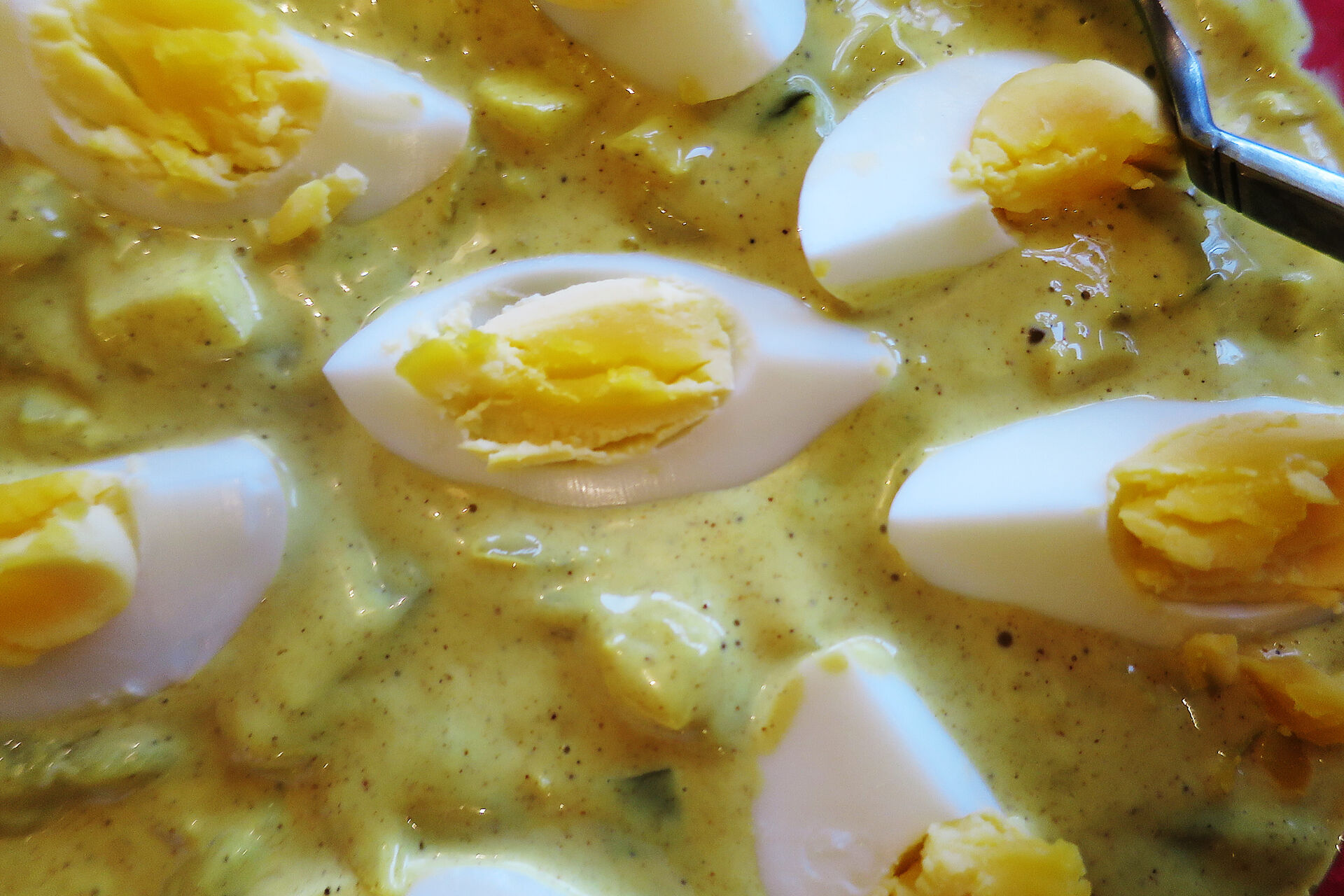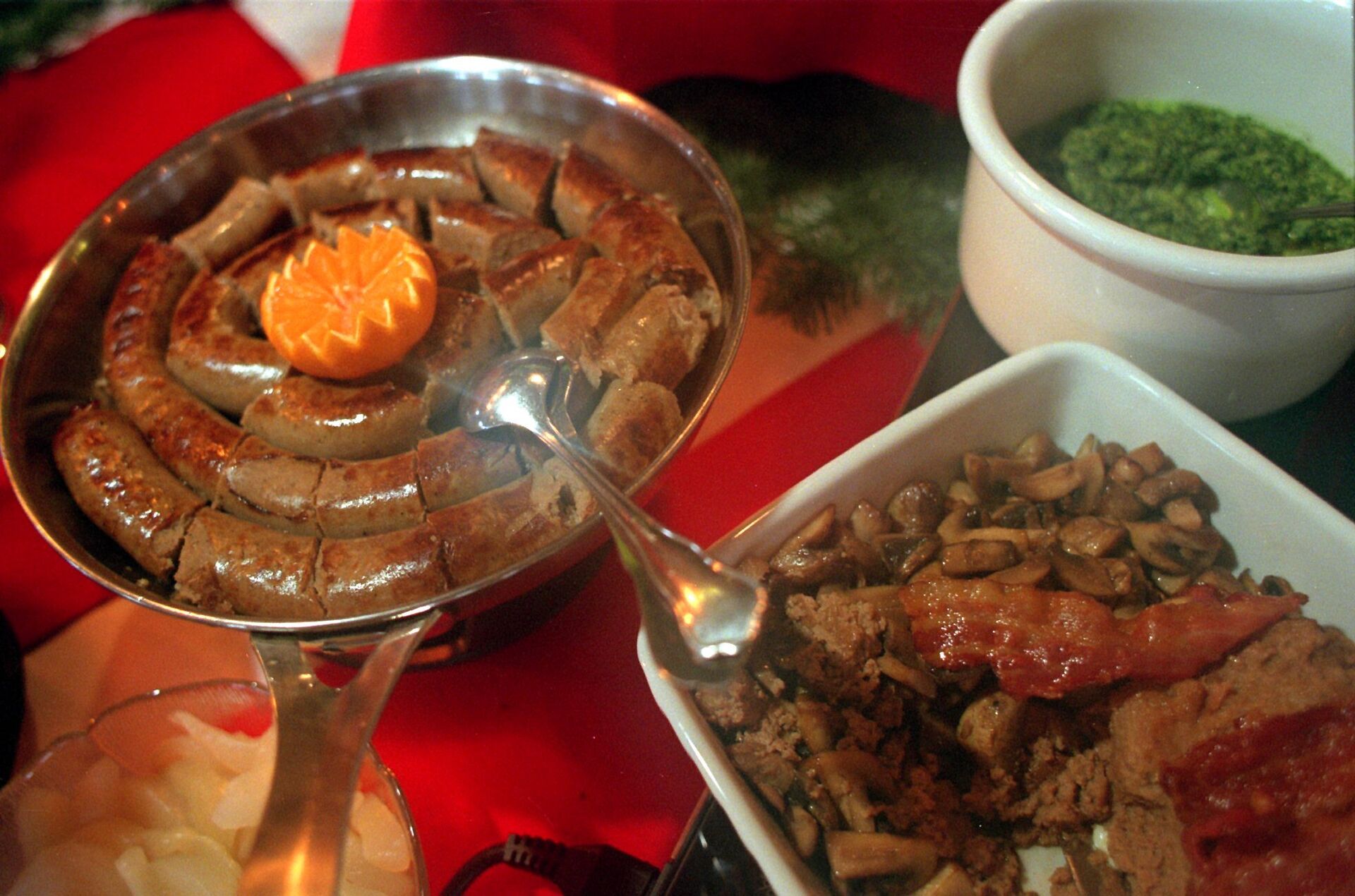She’d always gotten to know new places by researching the best places to eat and drink, and not just those that pop up at the top of TripAdvisor or Yelp, but the local favourites, the new places, anything different from the norm.
“I hoped to find guidance online to get me into the Copenhagen food scene, but what I could find in English at the time was seriously lacking. I had to resort to old school methods – asking everyone I met, spending my evenings trawling through various Instagram profiles, blogs and so on, just to find somewhere to drink my morning coffee. It was worth the effort, I found some really great places, but it was becoming almost like my second job. I was obsessed!”, Evans says.
Eventually, the Brit began to curate her foodie findings, so that other people in need of a little guidance in Copenhagen wouldn’t have to go to the same lengths to discover coffee shops, wine bars, brunch spots, restaurants and the like.
In September 2014, Mad About Copenhagen was born.
Mad About Copenhagen started off as an Instagram account (@madaboutcopenhagen), and over the next couple of years, it grew in popularity. It wasn’t only expats and foreigners who took an interest — even though all of the content is in English, about half of the audience who use Mad About Copenhagen’s recommendations are native Danes, Evans says.
Today, the channel’s online audience has grown to over 72,000 people.
In 2016, it was time to be more ambitious. Evans quit her day job and formed a company with two friends – Marie Abildhauge Olesen and Antonio Rosado. Together, they got their teeth into a variety of projects, all of which involve food, people and Copenhagen.
The team are now working on a book that delves even deeper into the stories of the people who make the food scene in Copenhagen so wonderful.
“We really feel that it is about time there is a book that celebrated Copenhagen’s food scene in all its deserved glory. Sure, Copenhagen’s food scene is often in the international press and media and there have been guide books and magazines written about it, but the focus tends to be on the top new Nordic restaurants, skimming over the rest,” Evans says.
From the late night hotdog stand to the rooftop restaurants, from the city beekeepers, to the nitrogen ice creamery and the new Nordic restaurants, Mad About Copenhagen strives to tell the stories of the huge diversity of people, places, food and drink that exist in the city, says the creative director of the English-language Copenhagen food guide.
The book is scheduled to be published in September or October 2018 — just in time for Christmas gifts — but in order to print and bind the books, the team is currently running a Kickstarter campaign, where anyone who wishes to support the project can do so by donating, pre-ordering a book, a Mad bag, or one of the foodie experiences featured in the book. These include mushroom-growing kits, rooftop dinners, ramen, ice cream, and more.
You can support the project and pre-order the Mad About Copenhagen book here.
Hazel Evans is the Creative Director of Mad About Copenhagen. She is originally from Bath, United Kingdom and now lives and works in Østerbro, Copenhagen.
READ ALSO: 'We wanted to make chocolate to reflect Denmark's seasons'






 Please whitelist us to continue reading.
Please whitelist us to continue reading.